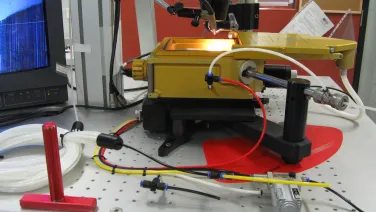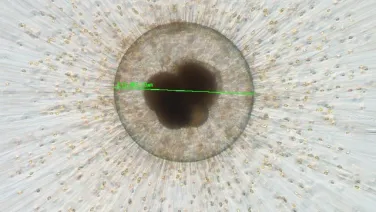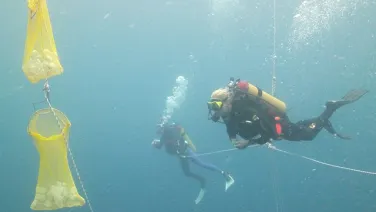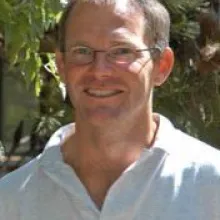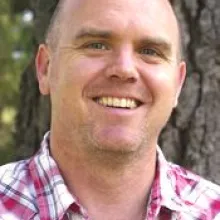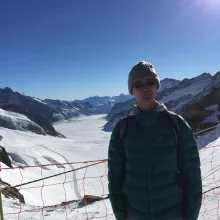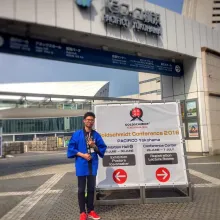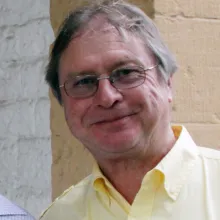
Biogeochemistry
Our research is aimed at understanding nutrients, trace metals and carbon cycling in the present and past oceans.
About
Our research is aimed at understanding nutrients, trace metals and carbon cycling in the present and past oceans, with emphasis on silica and calcium carbonate biomineralising organisms. Our strengths lie in developing and applying trace metal and isotopic analysis techniques to samples collected from nature and grown in controlled laboratory cultures. Our current focus is on:
- Understanding the mechanisms of trace metal and isotope incorporation into biogenically precipitated aragonite, calcite and silica;
- Reconstructing past and current environmental change using natural archives including foraminifera, corals, siliceous sponges and diatoms;
- Understanding the role trace elements play in regulating phytoplankton physiology and productivity, particularly in the Southern Ocean and seas of the Australian region.
More information
Facilities
We research a wide range of topics relating to the use of carbon-14 in the environment. This includes using carbon-14 for dating purposes in, archaeology and forensics and as a carbon-14 as a tracer in the global carbon cycle, both in soils and in ocean circulation.

